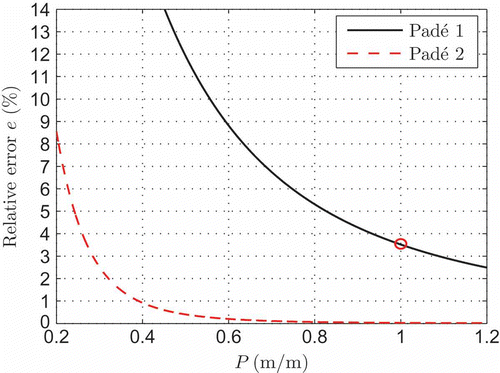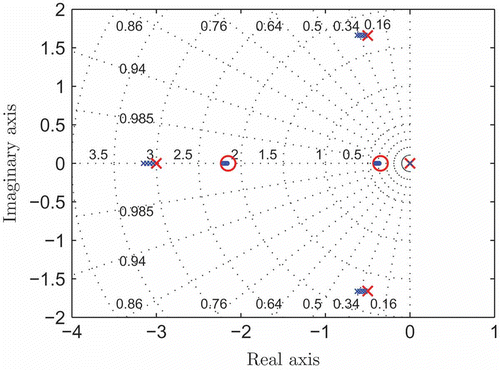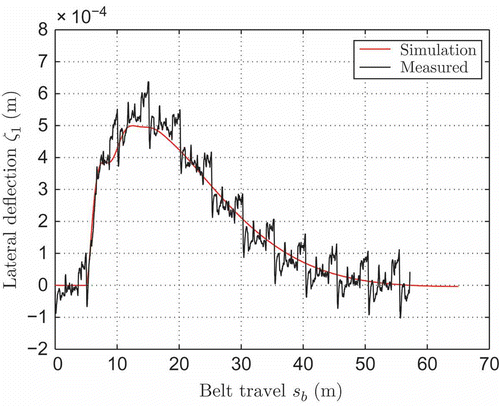Figures & data
Figure 1. Sketch of a two-drum conveyor line: (a) basic dimensions, running direction, lateral positions ζ1 and ζ4, and disturbances M d and F d ; (b) manipulated variables: swivel angles β1 and β4, tilting angle α.
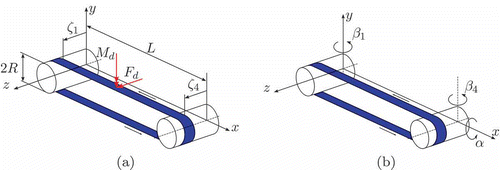
Figure 2. Situation of lateral belt position ζ for a swivel angle β and a thread slope θ in the horizontal x–z plane. For the belt angle with respect to absolute coordinates κ = θ + β holds. The tangent to the belt's centre line at the point of first contact is denoted by T.
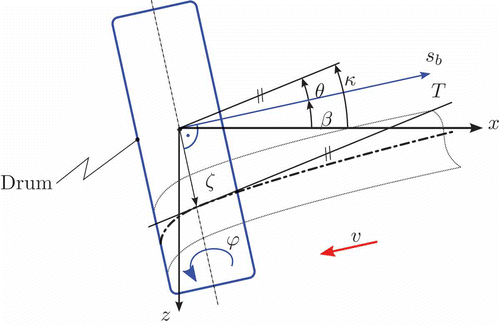
Figure 3. Sketch of a two-drum conveyor line: (a) variables of the deformed belt: sketch of the conveyor belt modelled by an elastic beam; (b) indices of the belt system related to running direction.
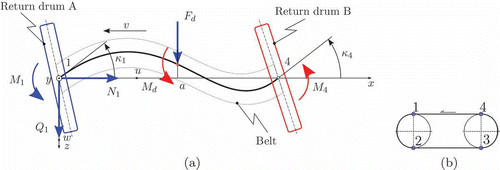
Figure 4. Sketch of the upper belt plane: the belt is split into subsections (a) I and (b) II. M 1, N 1, Q 1: moment, longitudinal and shear forces at point 1. M I , M II : inner bending moments in sections I and II.

Figure 5. Transport delay and coupling between upper and lower belt as a consequence of hemicycle transportation on drum. Thread slope θ, drum radius R and lateral displacement Δζ are shown.
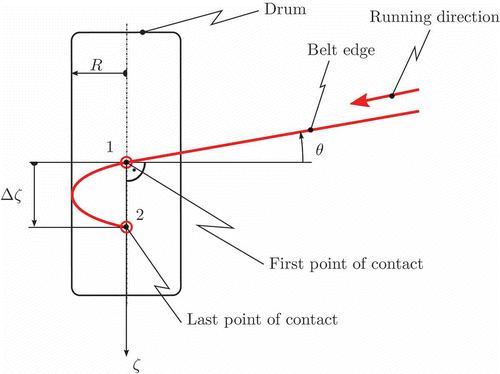
Figure 6. Geometric relations at tilted drum: tilt angle α1 causes a lateral displacement of Δζ1(α). Dashed line: drum position at operating point. Solid line: tilted drum. P 10: contact point in original position. P 1: contact point in tilted position. ζ10: original lateral displacement. ζ1: tilted lateral displacement.
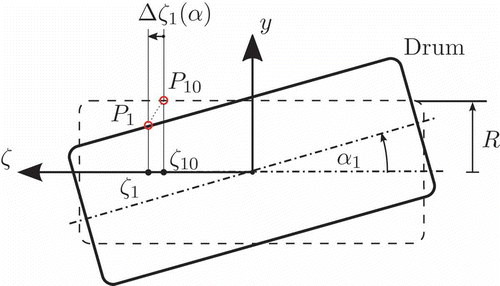
Figure 8. Measured step responses for different swivel angle step inputs Δβ in °. Results for both positive and negative input amplitudes are shown. Sampling in spatial domain s b,s = 0.1 m.
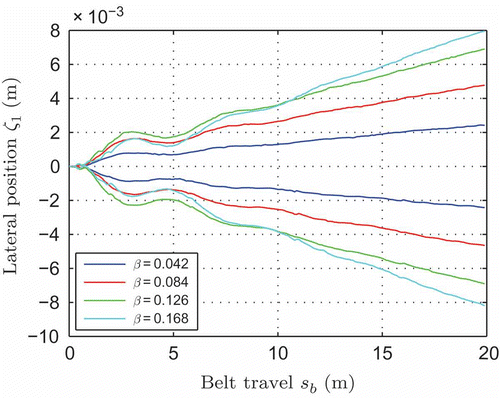
Table 1. Stationary values for step responses with increasing step size
Table 2. Identification results of s b,adj for different step sizes
Figure 9. Validation in spatial domain: step response to swivel angle Δβ1 = 0.042: measurement: measured signal of ζ1, first order: beam with N 1 = 0, second order: beam with N 1 ≠ 0, first order GB: grey-box model utilizing s adj.
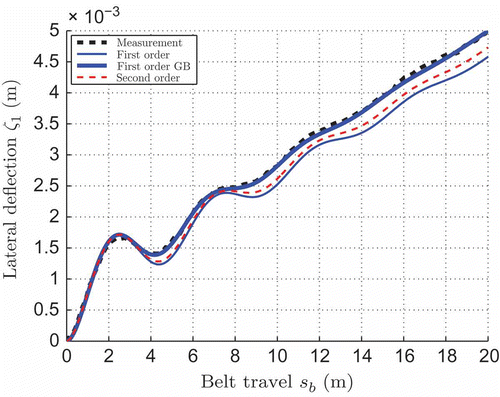
Figure 10. Validation in frequency domain: measurement: measured signal and spectral estimation of ζ1, first order: beam with N 1 = 0, second order: beam with N 1 ≠ 0, first order GB: grey-box model utilizing s adj.
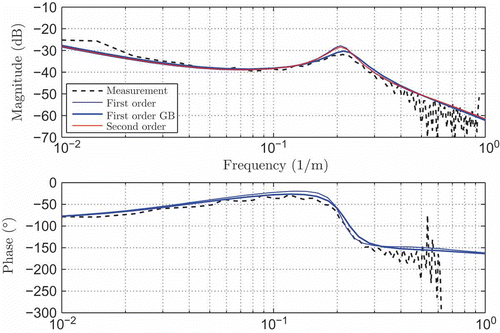
Figure 11. Relative phase error e of the Padé-approximation with respect to normalized period P of lateral belt dynamics.
